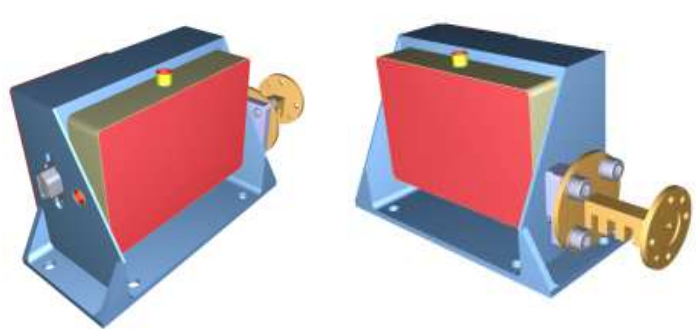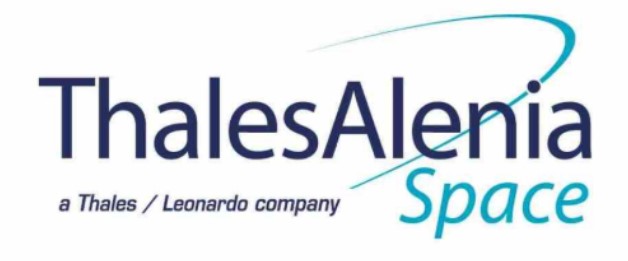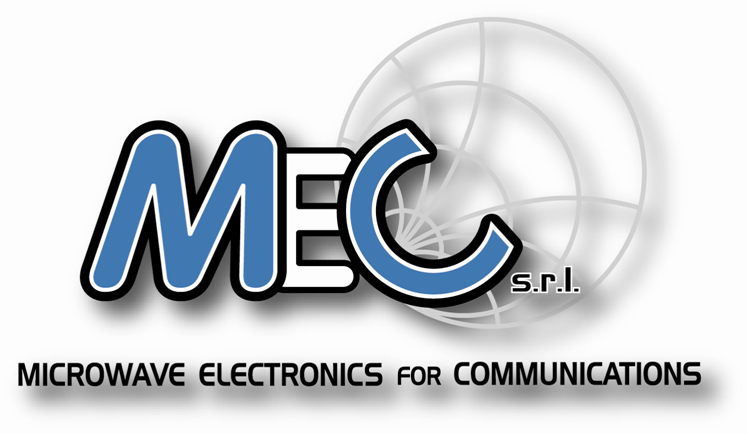
-
StatusOngoing
-
Status date2025-02-12
-
Activity Code5C.437

The project objectives are to design, manufacture and test a Ka-to W-band frequency up-converter for use as a payload component in high-capacity feeder link systems. European state-of-art MMIC technologies are used for the development of the functional blocks. Superior performances, ideally at the level of the current lower frequency converters, are sought, in order to guarantee the quality of the signal operating in W-band.
The following tasks are covered by the project:
a) Development of 6 new typologies of MMICs by using the UMS-PH10 foundry process: 1) 27-30 to 71-76 GHz up-converter mixer, employing a sub-harmonic topology; 2) same up-converter mixer also including a by-two frequency multiplier in the LO RF line, in order to enter the LO port at around 10 GHz; 3) Standalone by-two frequency multiplier; 4) 71-76 GHz Voltage Variable Attenuator (VVA); 5) 71-76 GHz Low Level Amplifier (LLA); 6) 71-76 GHz Medium Level Amplifier (MLA).
b) Development of the hermetic mechanical module housing the above circuits.
c) Development of the hermetic waveguide-to-microstrip transition in W-band.
d) Development of the output W-band waveguide filter
f) Assembly and Test of the individual functional blocks
g) Assembly and test of the whole Up-converter unit
The main challenge is the design of the MMICs operating in W-band, as the PDK given by the foundry is poorly guaranteed above 60 GHz. In addition, the design of the waveguide-to-microstrip transition is particularly critical from an electrical and technological standpoint, as the size is very small. Also, the waveguide filter is found challenging for manufacturing tolerances and surface roughness.
The exploration of the W-band for satellite telecommunication is almost at the beginning; so that there are very few competitors and few off-the-shelf products on the market. Satellite operators say that the W-band will be deployed for high throughput feeder links in the close future, in replacement of the V-band that is currently used. For Thales Space Italia it is a crucial competitive advantage to anticipate future market needs taking benefit of the present project.
Input frequency range: 27-31 GHz
Output frequency range: 71-76 GHz
LO frequency range: 10.25-12 (20.5-24) GHz
Input RF I/F: coaxial
Output RF I/F: WR12
LO RF I/F: coaxial
Return loss: 19dB
Noise figure: 18dB
Gain: 30 dB
Gain flatness: 1.0dBpp
Gain Stability: 1.0dBpp
Amplitude linearity: 50dBc (C/3IM for 2 input carriers at -28dBm each)
In-band spurious: -65dBc
Out-of-band spurious: -40dBm
DC power: <2W
Mass: <190 gr.
Size: 102x34.5x51mm3
Temperature range: -15 to +65°C
The RF line-up of the Frequency Converter is composed by the following functional blocks:
1) Hermetic coax-to-microstrip transition
2) Up-converter mixer MMIC
3) LLA MMIC
4) Microstrip flatness equalizer
5) VVA MMIC
6) LLA MMIC
7) MLA MMIC
8) Microstrip-to-waveguide hermetic transition
9) Waveguide filter
A conventional board is included in the module performing temperature compensation of the gain and conditioning the supply voltages.
-
Baseline specification
-
Critical Element design
Milestone: PDR
-
Critical Elements MFG & test
Milestone: CDR
-
RF line-up design
Milestone: DDR
-
RF line-up MFG & test
Milestone: TRB MMIC
Milestone: TRB unit
-
Overall evaluation
Milestone: FR
The tasks accomplished up to now are listed below:
-
Baseline specification completed
-
Critical Element design completed
Milestone: PDR passed
-
Critical Elements MFG & test completed
Milestone: CDR passed
-
RF line-up design completed
Milestone: DDR passed
-
RF line-up MFG & test in progress
Milestone: TRB MMIC
Milestone: TRB unit
-
Overall evaluation
Milestone: FR




